Exclusive with Jean Paul Gaultier: ‘Straight actors should be able to play gay roles’
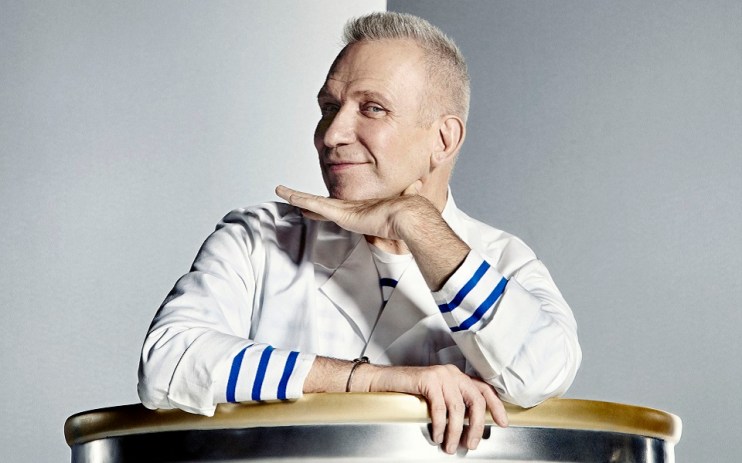
It’s 9.30am and Jean Paul Gaultier is relentlessly turning over last night’s performance of ABBA Voyage. It’s far too hot for coffee so we’re sitting with a pair of orange juices and Gaultier is encouraging me to get stuck into the breakfast buffet. I politely decline because there are more important things at hand: discussing ABBA.
“It fascinating,” Gaultier says philosophically. “I would like to see an avatar of Grace Jones. She’s incredible, she has reactions no nobody can do… It’s fascinating, but maybe avatar is good to create new people rather than duplicate someone?”
Recently turned 70, and supposedly retired since 2020, Gaultier’s passion for ABBA holograms is a bellwether for his ferocious appetite for culture. He’s as excited to imagine how holograms might work for his live shows as he is engaged about the US’s recent abortion ban; as interested in trans issues as he is about helping burgeoning designers get their break.
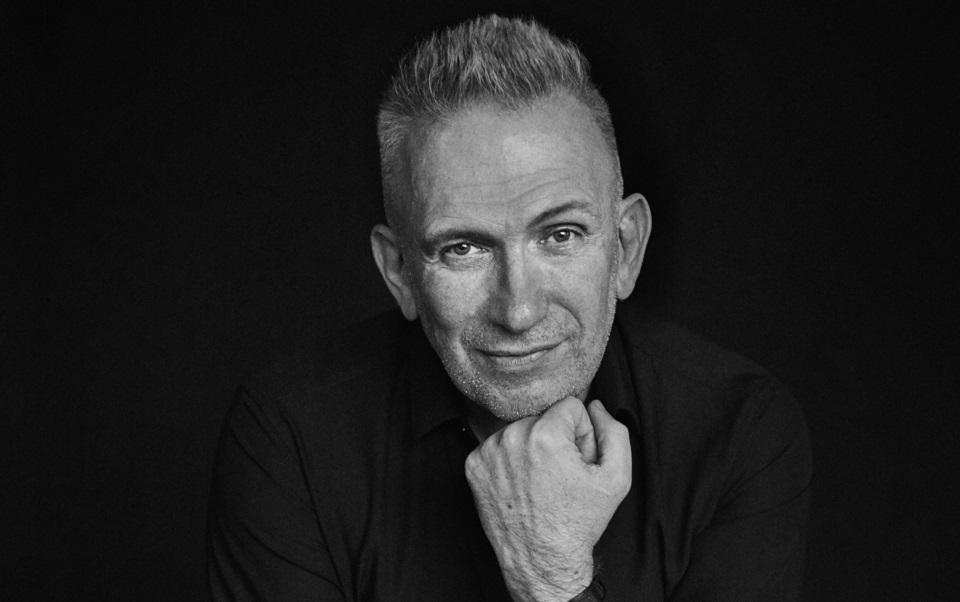
He appears to have no intention of behaving like a retiree. Twenty minutes after our conversation is supposed to have finished he’s still talking, his anecdotes taking the form of tidy monologues that leave little room for my list of unanswered questions.
His English isn’t perfect but that doesn’t stop him tying seemingly non-sequitur points together, applying the same principle to language as he does his pioneering couture designs.
With a broad grin he regales me with the details of upcoming projects but keeps getting interrupted by his publicist, who swears me to secrecy. At one point Oscar-winning actor Marion Cotillard spots him and comes over for a chat.
Celebrities including Kendall Jenner are still photographed in new season Gaultier and Kim Kardashian and her daughter North West were photographed on the front row of the brand’s haute couture show last month.
He is clearly a man able to keep many plates spinning – I wonder how he stays motivated after so long in the industry? “I am lucky to have desire,” he smiles.
“When I have no more it will be finished, voila! But I am getting older, I feel it. My first reaction when I have a project is, ‘Do I have envy? Do I want it?”
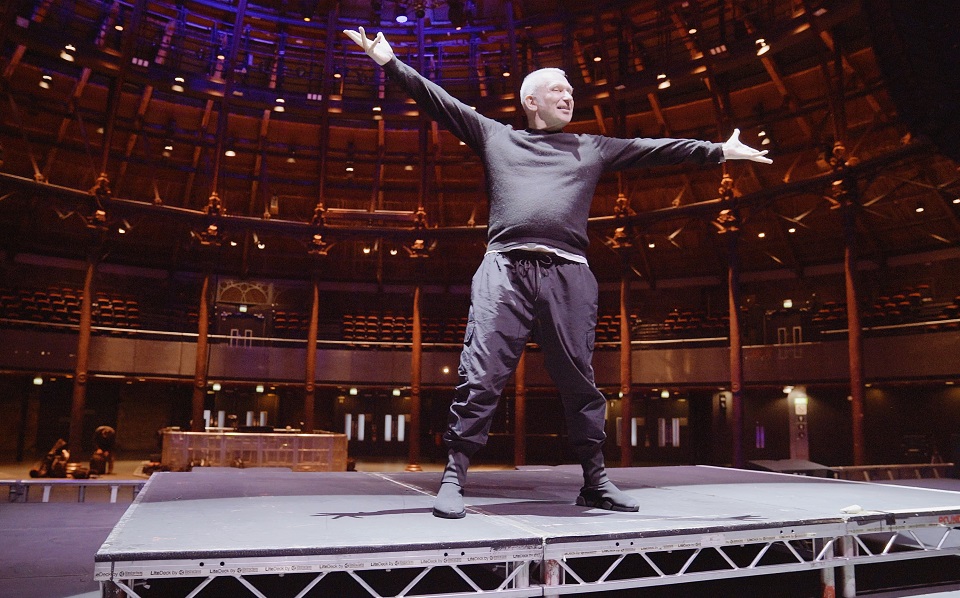
“It’s like, ‘Oooh I want to eat that,’” he says, holding both hands out to an invisible dish on the table. “It’s always the envy I am looking for. That desire.”
We’re meeting to talk about Fashion Freak Show, the cabaret-variety show written and directed by Gaultier, now playing at the Roundhouse in Camden. Gaultier is played by a young male actor, and the show itself is something like a catwalk, a high-octane celebration of his most famous looks and career highs.
“In some way I always directed my fashion shows. You have the light on the actress, light on the model, it’s the same.”
It was on the catwalk in 1976 where Jean Paul Gaultier began showcasing his natural sensibility to disrupt. Having interned for Pierre Cardin aged 18 he established a reputation for ripping up the rulebook, combining punk and high fashion and juxtaposing looks that shocked: leather with sheer fabrics, men with dresses.
He celebrated androgynous, black and bigger female bodies long before inclusivity was cool. “In a restaurant, there are not men on one side and women on the other, so why a fragrance for men and women?” he says. “Smell is smell, food is food.”
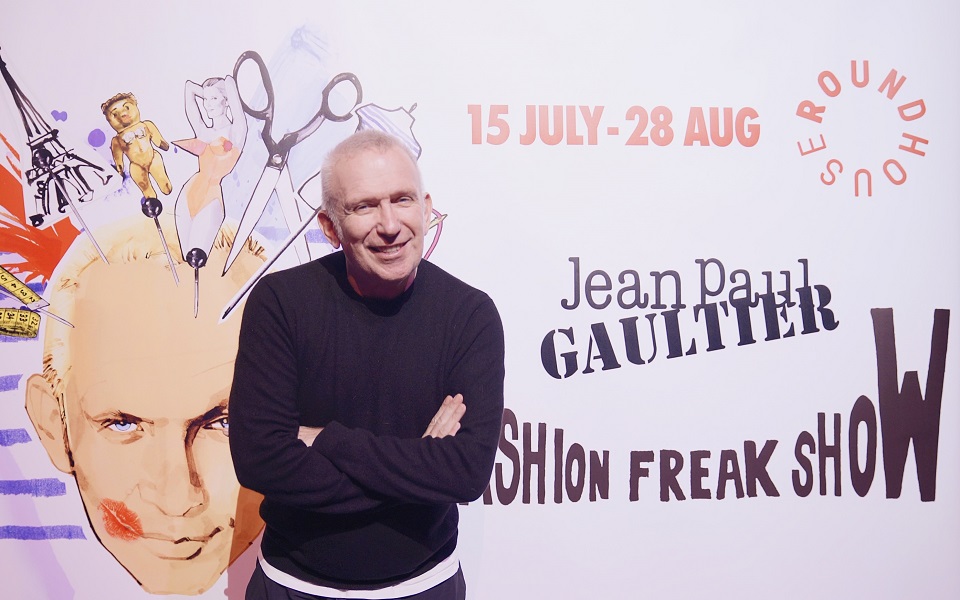
Known as the enfant terrible of fashion, he says he always felt at home in London, where he was inspired by Bowie, Boy George and Grace Jones. It was 1990 when Gaultier hit the A-List, after Madonna approached him to design 350 dresses for her Blond Ambition world tour. She wore a version of his iconic conical bra, first fashioned in papier mache for his teddy bear, Nana, when he was a young boy.
Going on to co-present outrageous late-night comedy sketch show Eurotrash, he transcended the typical behind-the-scenes reputation of most aloof designers, combining a larger than-life screen presence with critical acclaim.
Probably the first designer to pay trans models to wear his clothes on the catwalk, I’m interested in how this champion of the underdog feels about the fight for inclusion in 2022? “I think it’s fabulous,” he says.
“The only thing is I hope it doesn’t become like a frontal fight. I heard for example there are some associations that say now to play in Priscilla Queen of the Desert, the one which is trans, it is a trans that plays a role.”
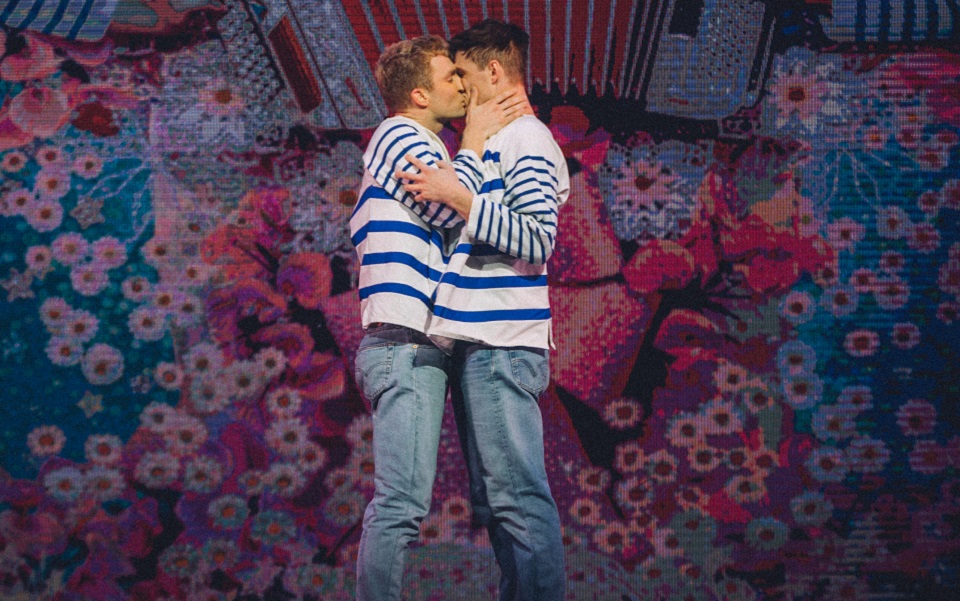
“People have to be chosen for their performing and good acting. For example, sometime there is people that are playing gay and were excellent. Tom Hanks did it very well, Javier Bardem did it perfectly. Sometimes if the actor is excellent you have to choose it not because of his sexuality. Choose him because of the quality of the actor.”
When I ask about the first time he worked with a trans model, he says he didn’t intend to make a political statement. “She was great and fabulous – she didn’t look like…” he trails off and laughs. “She was looking truly like a woman, not a caricature of a woman. She was looking like a modern girl.”
He goes on to say he doesn’t believe the fashion industry has a trans problem: “It’s changing, ideals about men, women, it’s evolution and fashion is supposed to be evolution. It’s a reflection of society.”
As the interview comes to a close I ask Gaultier if he feels political, causing him to pause for the first time. “In some way, no,” he sighs. “Because I always respect the idea of the other one. But in some way we are all doing politics, I realise that. I am not going to demonstrations but I think by the fact that I am gay, the fact I tried to show different races, different kind of spirits – androgyny, homosexuality – all means definitely I am.”
Main portrait photographer: Gorka Postigo. Jean Paul Gaultier’s Fashion Freak Show runs at the Roundhouse until 28 August; tickets are here
